liù
six
Origin unclear. Various explainations include (1) possibly derives from 入 (enter), with two strokes on the bottom to distinguish it from 入 (enter) or (2) a pictograph of a hut, which is thought to be the original form of 廬. Either way, the current meaning is a phoentic loan.
Evolution

Oracle script
(~1250-1000 BC)
Bronze script
Early Western Zhou (~1000 BC)
Seal script
Shuowen (~100 AD)
Clerical script
Eastern Han dynasty (25-220 AD)Regular script
ModernDefinitions
Sources
黃德寬《古文字譜系疏證》p.635-637
